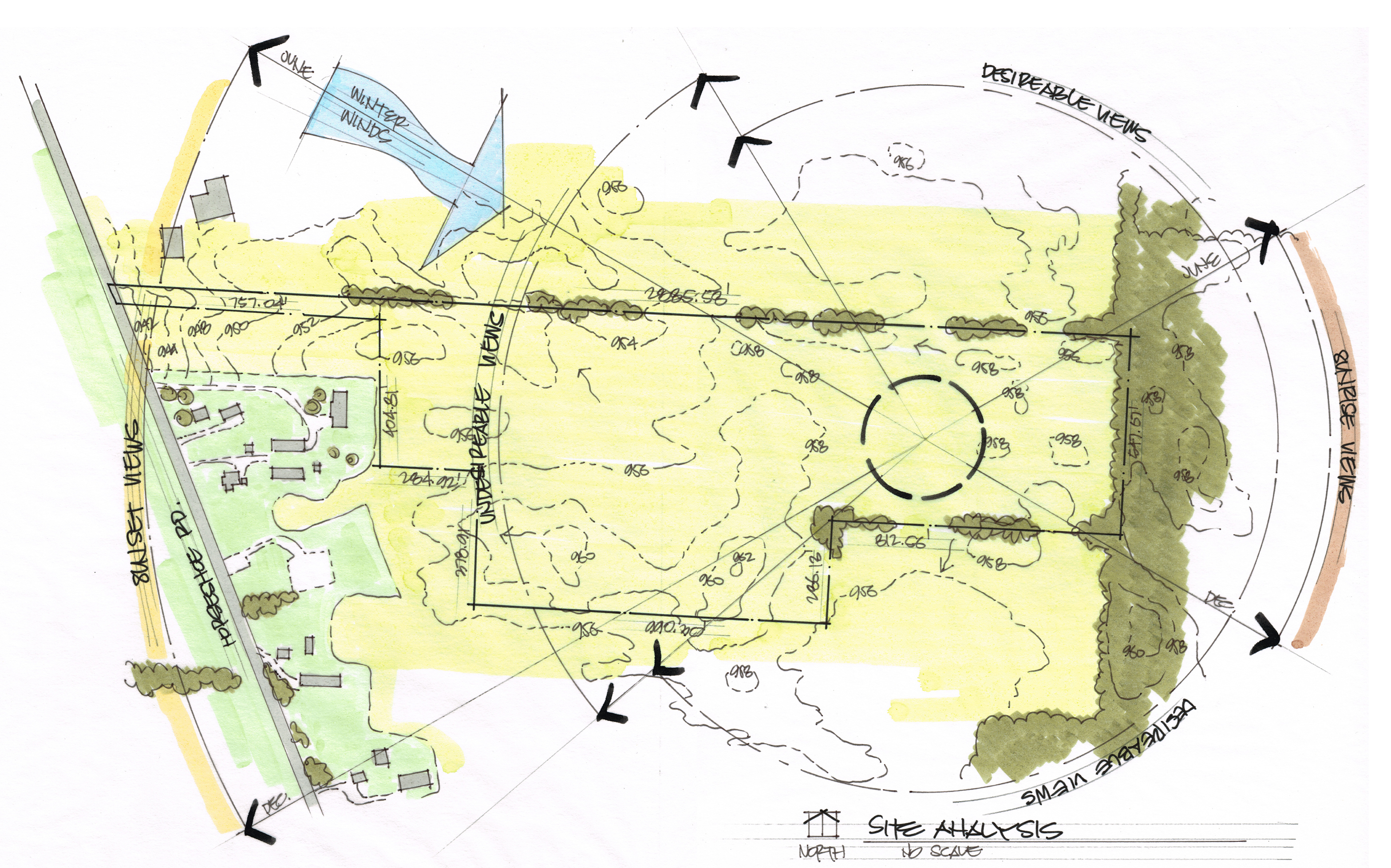
These 4 Keys Are Essential When Choosing A Home Site
Great home design always starts with choosing a home site – a truly special home is never designed first, then placed on the property. That’s because good home design responds to the site in ways that improve the quality of the home and the experience of daily living.
So it’s important to carefully evaluate possible building sites before you start designing, and a good place to start is with the four “S‘s” – Slope, Sun, Soil, and Sewer.
1. Slope
The slope of the property can have a big effect on the cost of your project – a house placed on a slope will most definitely cost more to build than a house on a flat lot.
Does your house have to be placed on the slope?
Perhaps it can be placed at the top or bottom – taking advantage of the views from the slope but not incurring the costs of building there.
Many owners of sloping lots want to take advantage of that situation by including a “walk-out” basement in the design. It’s one way to increase the space in your house for a relatively small cost.
The steepness of the slope will partly determine how much excavation and/or fill is necessary to create the walkout.
Homes on sloped lots often require more (read: costly) gravel backfill material at the foundation; they might need expensive retaining walls to create a flat area for a driveway or hold back soil at the walk-out; and they usually have a full basement – whether you want it or not.
Here’s the bottom line – carefully analyze the impact that your sloped lot may have on your design; design a house that’s appropriate for the lot without unreasonably expensive construction techniques.
2. Sun
Many homes are designed with the primary family living spaces at the back (kitchen, breakfast room, family room). These are the rooms you want sunlight in; the rooms with all the expensive windows.
And you’ll get that sunlight through those windows, too – if the back of the house faces more or less south.
But what if your lot is on the north side of the street? All that living space, all that glass, isn’t going to get any direct sunlight at all.
Or worse, your lot faces east, and the afternoon sun pours through that wall of west facing glass like a blast furnace – heating up the house and fading the furniture and carpeting.
The orientation of your property – relative to the sun – needs to be examined early on. On some properties you’ll be able to face the house any direction you want, but on others, you won’t.
3. Soil
It’s amazing, every time a backhoe starts a new house foundation, how different soils can be from one building site to another. From loose sand to solid rock and everything in between, and sometimes all on the same site.
Soil type can have a big impact on the cost of construction. Even if you know a lot about the underground conditions on your site, it’s a good idea to keep a little cash in reserve to deal with potential surprises lurking under the turf.
It’s relatively easy to learn about your property’s soil type from your County Extension Service or local building department. You might also contact builders and excavators with experience in the area and ask them what they’ve encountered on other projects they’ve built near you.
Poor soils might require non-standard construction techniques for your foundation that can add significantly to the cost of the house.
4. Sewer
The Plumber’s Credo – “everything flows downhill” is extremely important to remember when designing your home. On a developed lot, the municipal sanitary sewer line is buried near the front (usually) of the lot.
The height of this pipe will determine the depth below grade of the basement slab – and ultimately, the height of the house – since the effluent from the house must “flow downhill” to the sewer line.
An undeveloped lot is one where the utilities – electricity, water, gas, and public sewer – aren’t brought from the street to the buildable area of the lot.
On larger undeveloped properties there may not be any public sanitary sewer to connect to at all. On such a lot, you’ll need some type of private sanitation system.
Several types of private sanitation systems are in use today including the traditional septic tank and leach field, aeration systems, and “mound” systems. They can vary widely in cost, and not all health districts allow all types.
The choice of system will also be heavily weighted by the soil type and slope of the lot, and the available area(s) for the system. A typical leach field system will require a large clear area for a primary and second field.
Since a private sanitation system is more expensive than connecting to a public system, the cost isn’t typically considered in the “base” cost of building a house.
Slope, Sun, Soil, and Sewer – keep these in mind when choosing a home site to build on – and when designing your home and you’ll have a more successful project.
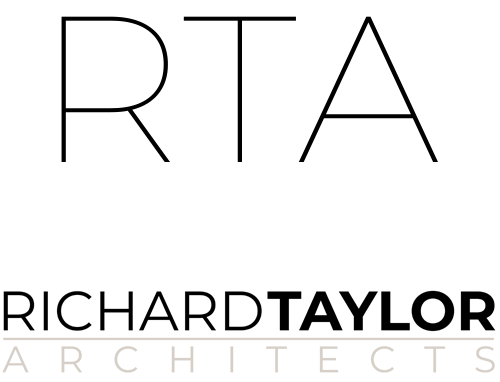

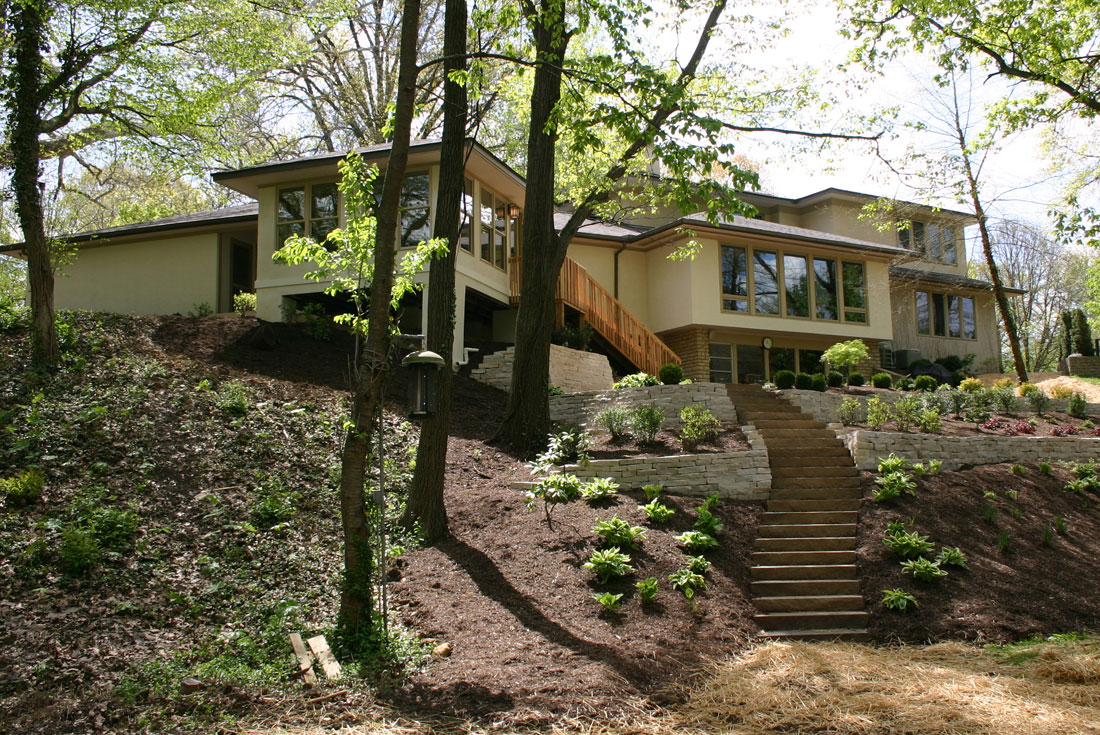
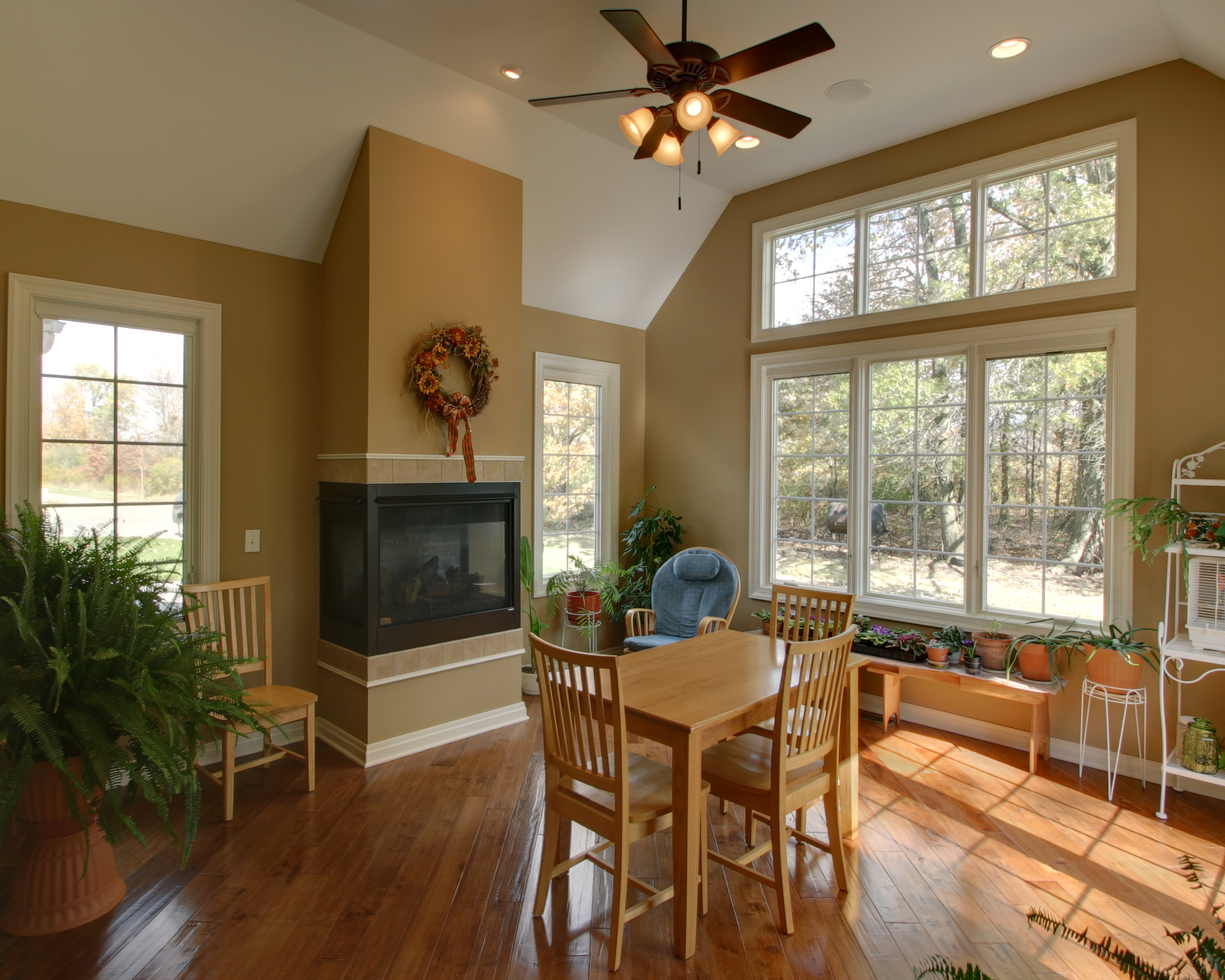
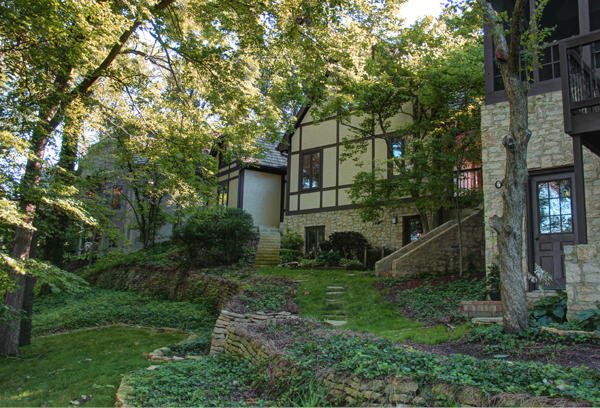

Ric – great comment, proper grading prevents an awful lot of problems. Good to hear from you!
Grade set on a new home is the #1 most important factor. Always site your home to have positive drainage away from the foundation. The foundation should be set to allow at the very least one foot of fall in the first ten feet. A house that it set to high can be corrected by adding more dirt to allow for a more gentle slope. A house that is set to low is exteemely hard to correct if not impossible and will allow water to cause never ending problems for the future owners. Ric G.